What Design Features Make an IP-Themed Bowl Safe for Infants?
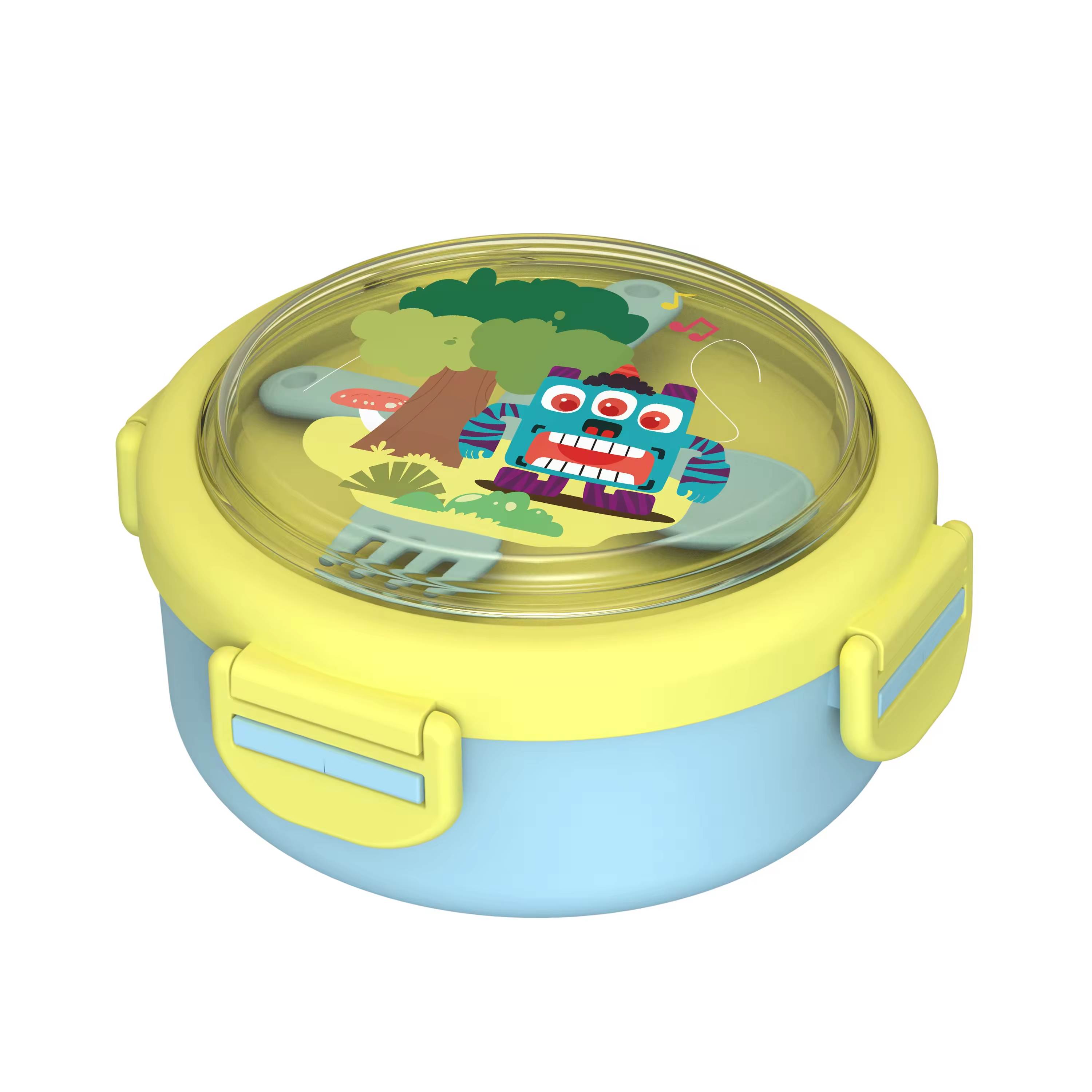
Love those cute character bowls but worry if they're truly safe for your baby? It's a common concern I hear from clients. We all want fun designs, but safety absolutely comes first.
Safe IP-themed infant bowls use non-toxic materials like food-grade silicone, PP, or stainless steel. Any 3D character elements must be securely attached and large enough not to be choking hazards. All inks for designs must be food-contact safe, and the bowl should be tested for dishwasher and microwave compatibility if claimed.
Ensuring these features are in place means your infant can enjoy their meals with their favorite characters without you having to worry. Let's explore these safety aspects in more detail.
What materials are considered safe for infant use?
Choosing a new bowl for your baby, especially one with a cool character, is fun. But then you wonder, "Is this cute material actually safe for my little one?" It's a question I deal with daily.
Materials considered safe for infant use in IP-themed bowls include food-grade silicone, polypropylene (PP), Tritan, and 18/8 (or 304) stainless steel. These materials are chosen because they are non-toxic, durable, and do not leach harmful chemicals into food.
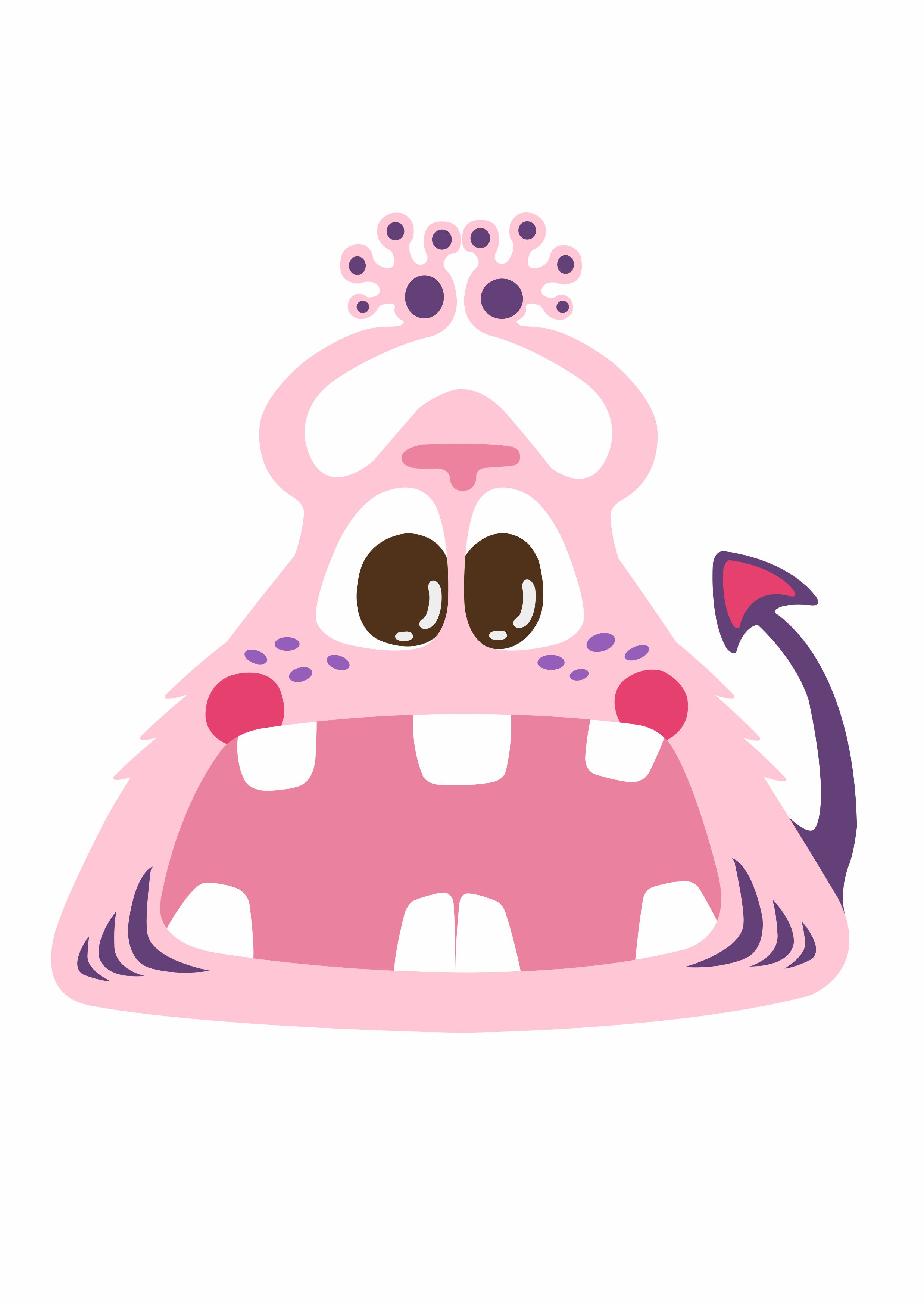
When it comes to infant feeding products, the material is the foundation of safety. Babies are particularly vulnerable to chemicals, so anything that touches their food or mouth needs to be carefully chosen. As a manufacturer, dearya prioritizes safety, and our factory complies with FDA and ISO standards, ensuring our material choices meet rigorous testing.
Food-Grade Silicone
Silicone has become incredibly popular for baby products, and for good reason.
- Non-Toxic: High-quality, food-grade silicone is free from BPA, BPS, PVC, phthalates, and other harmful chemicals. It doesn't react with food or beverages and doesn't produce any hazardous fumes.
- Durable and Flexible: Silicone can withstand high and low temperatures, making it dishwasher, microwave (often), and freezer safe. Its flexibility means it won't break or crack easily, reducing the risk of sharp edges.
- Easy to Clean: Silicone is non-porous, which means it's resistant to bacteria buildup and staining. It's generally easy to wash by hand or in the dishwasher.
When sourcing silicone bowls, ensure they are 100% food-grade silicone and specifically state "BPA-free."
Polypropylene (PP)
Polypropylene is a type of plastic that is widely used for food containers and baby products.
- BPA-Free: PP is naturally BPA-free, which is a key concern with some other plastics.
- Lightweight and Robust: It's a strong material that can withstand drops and general wear and tear. This makes it practical for infant use.
- Heat Resistance: PP has good heat resistance, making many PP bowls microwave-safe (always check manufacturer guidelines) and dishwasher-safe (usually top rack).
Look for PP products that are labeled as #5 plastic. It's crucial to ensure the PP used is food-grade and has passed relevant safety tests for extractables and leachables. Our factory produces many children's plastic bowls and cups, and we ensure they meet these stringent standards.
Tritan™
Tritan is a newer type of copolyester plastic known for its clarity, durability, and safety.
- Impact Resistant: Tritan is extremely tough and shatterproof, making it a very safe option if you're worried about breakages.
- BPA, BPS, and Estrogenic Activity-Free: It's free from common plastic-related chemicals of concern.
- Clarity and Stain Resistance: Tritan looks like glass but has the durability of plastic. It also resists odors and stains well.
We produce Tritan material cups and find it an excellent choice for its safety profile and premium feel. It’s also generally dishwasher safe.
18/8 or 304 Stainless Steel
Stainless steel is a classic choice for food-contact items due to its inertness and durability.
- Non-Reactive and Non-Toxic: Food-grade stainless steel (like 18/8 or 304 grade) does not react with food and won't leach metallic tastes or harmful substances.
- Extremely Durable: It's virtually unbreakable, won't rust, and lasts a very long time.
- Hygienic: Stainless steel is easy to clean and sanitize.
While stainless steel itself is not microwaveable, it's an excellent, safe option for serving and storing food. Many of our children's tableware products utilize stainless steel.
Material Safety Comparison
| Material | Key Safety Features | Common Certifications/Checks | Durability |
| Food-Grade Silicone | BPA/BPS/PVC/Phthalate-free, non-reactive, heat tolerant | FDA, LFGB approved | High |
| Polypropylene (PP) | BPA-free, robust, good heat resistance (check specifics) | FDA approved, #5 plastic designation | Good |
| Tritan™ | BPA/BPS/EA-free, shatterproof, stain/odor resistant | FDA, NSF certified | Very High |
| Stainless Steel | Non-reactive, non-toxic, highly durable, hygienic | Food-grade (e.g., 18/8, 304), FDA compliant | Extremely High |
Always check for labels that confirm the material and its safety certifications (e.g., FDA compliant, LFGB compliant for European markets). Reputable manufacturers will be transparent about the materials they use.
How can 3D character elements avoid choking hazards?
Those adorable 3D animal ears or character noses on bowls are cute! But then the worry hits: "Could that tiny piece come off and be a choking risk?" It's a critical design challenge.
To avoid choking hazards with 3D character elements on infant bowls, these parts must be securely attached using methods like co-molding or ultrasonic welding, not just glue. They must also be designed to be too large to fit through a small parts cylinder (choking hazard tester).
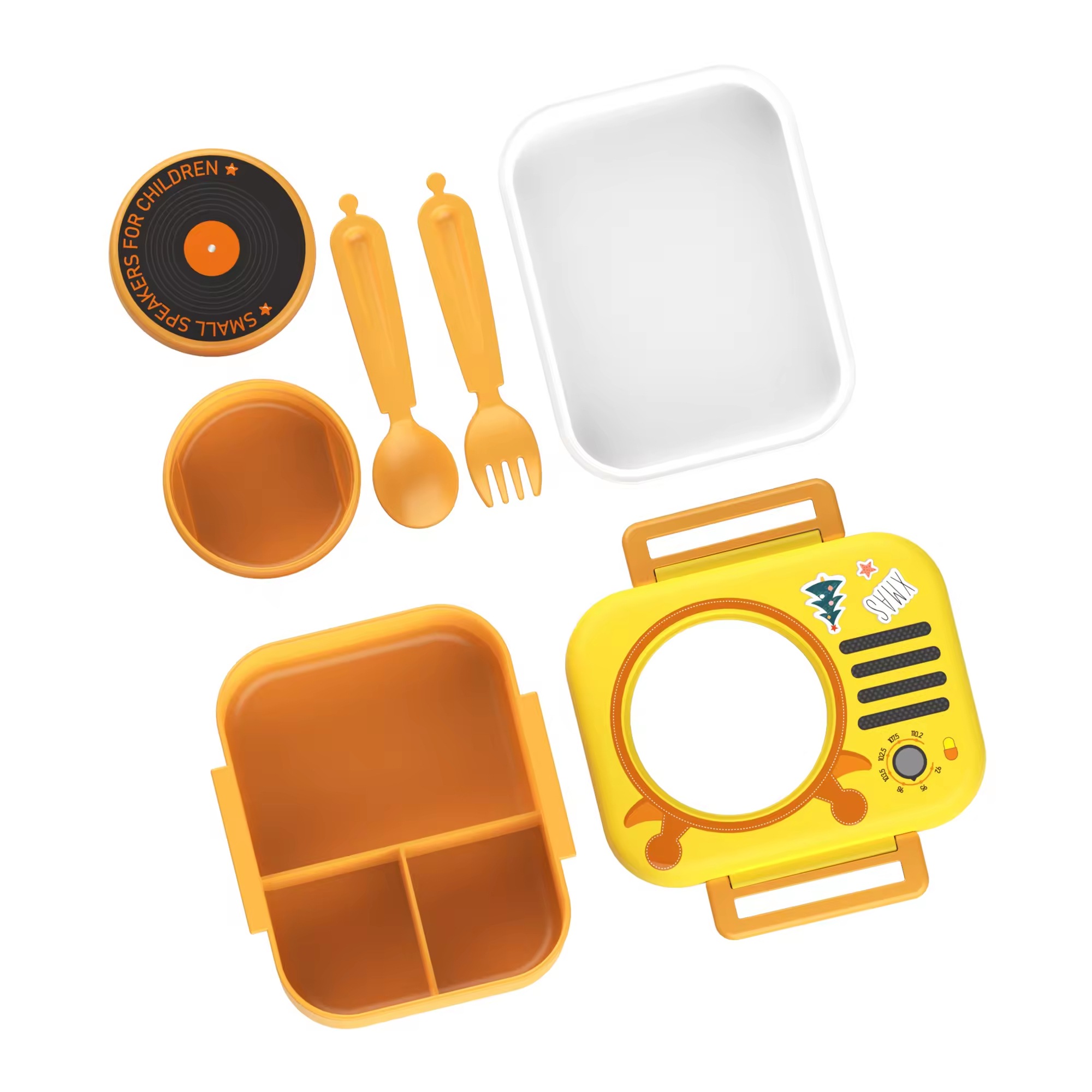
When designing IP-themed bowls with three-dimensional features, the safety of the infant is the absolute top priority. Choking is a significant risk for young children, who explore the world by putting things in their mouths. At dearya, our design and manufacturing process for custom products includes rigorous checks to prevent such hazards, especially since our clients are often brand owners or large companies whose reputations depend on product safety.
Secure Attachment Methods
The way a 3D element is attached to the main body of the bowl is crucial.
- Co-molding or Overmolding: This process involves molding the 3D feature directly with or onto the bowl material during manufacturing. This creates a very strong, often inseparable bond. For example, silicone character features can be co-molded with a silicone bowl.
- Ultrasonic Welding (for plastics): This technique uses high-frequency sound vibrations to fuse plastic parts together, creating a strong, permanent bond without adhesives.
- Mechanical Fasteners (used with caution): Sometimes, rivets or screws might be considered, but these must be inaccessible to the child and designed so they cannot loosen over time. Generally, for infant products, methods without small separate parts are preferred.
- Adhesives (Generally Not Recommended for Primary Attachment): While some industrial adhesives are very strong, they can degrade over time with washing, exposure to food, and a child's mouthing. If used at all, they should be supplemental to a more secure mechanical bond and must be non-toxic and food-safe. Most reputable manufacturers avoid relying solely on glue for small attachable parts on infant products.
The "Small Parts Cylinder" Test
Regulatory bodies worldwide use a standardized tool called a "small parts cylinder" (or "choke tube tester") to determine if an object poses a choking hazard for children under three. The dimensions of this cylinder are roughly 1.25 inches (3.17 cm) in diameter and between 1 inch (2.54 cm) and 2.25 inches (5.71 cm) in depth.
- Design Rule: Any separate part of a toy or product intended for young children, or any piece that could break off, must not fit entirely within this cylinder.
- Application to 3D Bowl Elements: If a 3D character nose, ear, or tail could detach, it must be large enough not to be a choking hazard. This means its dimensions must prevent it from fitting completely inside the test cylinder.
Manufacturers should conduct "use and abuse" testing (e.g., drop tests, pull tests) to ensure these small parts do not detach under foreseeable conditions.
Design Integration and Material Choice
Beyond just attachment, the overall design can contribute to safety.
- Smooth, Rounded Edges: All parts of the 3D element should have smooth, rounded edges to prevent cuts or abrasions.
- Integral Design: Whenever possible, designing features as integral parts of the bowl's mold, rather than separate attachments, is safest. For example, a character's nose might be a raised bump molded directly as part of the bowl itself, rather than a separate piece stuck on.
- Material Durability: The material of the 3D element should be as durable as the bowl itself, resisting cracking or breaking that could create small, hazardous pieces.
Regulatory Standards and Testing
Products for infants are subject to stringent safety standards, such as:
- ASTM F963 (USA): Standard Consumer Safety Specification for Toy Safety.
- EN 71 (Europe): Safety of toys standards.
These standards include requirements for small parts, sharp edges, and material safety. Reputable manufacturers will test their products against these standards. As a company with BSCI, ISO, and FDA audits, we ensure our processes align with creating safe products.
Here's a quick checklist for safe 3D elements:
| Safety Aspect | Key Consideration | Why It's Important |
| Attachment Strength | Is the part co-molded, welded, or mechanically fixed (not just glued)? | Prevents detachment during use, washing, or mouthing. |
| Part Size (if detached) | Would a detached part fit into a small parts cylinder? | Prevents it from being a choking hazard. |
| Edge Finish | Are all edges smooth and rounded? | Prevents cuts or scratches. |
| Material Integrity | Is the material durable and resistant to breaking into small pieces? | Reduces risk of creating new small parts. |
| Design Integration | Could the feature be part of the main mold rather than an add-on? | Inherently safer as there's nothing to detach. |
Designing IP-themed bowls with 3D elements requires careful engineering and a commitment to safety above aesthetics. Every adorable detail must be scrutinized for potential hazards.
Are food-contact inks used in IP designs non-toxic?
Seeing vibrant character designs on a baby bowl is delightful. But then you might think, "Are the inks used for these colorful pictures safe if they touch my baby's food?" It's a very valid concern.
Yes, reputable manufacturers must use food-contact safe, non-toxic inks for any IP designs on infant bowls, especially on surfaces that directly touch food. These inks undergo rigorous testing to ensure they don't leach harmful substances.
The inks and colorants used to create those appealing IP character designs on baby bowls are a critical safety consideration. Any substance that has the potential to come into contact with an infant's food must be proven safe and non-toxic. As a factory that produces customized children's tableware, including items with intricate designs, dearya ensures that all materials, including inks, comply with food safety regulations like FDA standards.
What Makes Inks "Food-Contact Safe"?
Food-contact safe inks are specifically formulated and tested to ensure they do not transfer any harmful chemicals to food in quantities that could pose a health risk. Key characteristics include:
- Low Migration: The primary concern is "migration" – the transfer of substances from the ink (or the printed material) to the food. Food-contact safe inks are designed to have minimal or no migration of their components.
- Non-Toxic Components: The raw materials used to make these inks (pigments, binders, solvents, additives) must be non-toxic and approved for food-contact applications. This means they are free from heavy metals (like lead, cadmium, mercury), phthalates, BPA, and other harmful chemicals.
- Curing Process: The way the ink is dried or "cured" on the bowl surface is also important. Proper curing ensures the ink is stable and less likely to rub off or migrate.
Regulatory Frameworks
Several international regulations govern the safety of food-contact materials, including inks:
- USA (FDA): The Food and Drug Administration regulates food contact substances under Title 21 of the Code of Federal Regulations (CFR). Inks must be made from substances generally recognized as safe (GRAS) or approved as food additives, or they must be separated from food by a functional barrier.
- European Union (EU): The EU has comprehensive legislation, including the Framework Regulation (EC) No 1935/2004, which states that materials must not transfer their constituents to food in quantities that could endanger human health. Specific measures like the Swiss Ordinance on Food Contact Materials are often referenced for printing inks.
- Good Manufacturing Practices (GMP): Beyond specific chemical limits, manufacturers should follow GMP (e.g., (EC) No 2023/2006 in Europe) to ensure quality control and safety throughout the printing and production process.
Placement of Designs: Direct vs. Indirect Food Contact
The placement of the IP design also matters:
- Direct Food Contact: If the ink is on the inside surface of the bowl where food will directly sit, the requirements are most stringent. Only specifically approved direct food-contact inks can be used.
- Indirect Food Contact (Exterior): If the design is on the outside of the bowl, there's less direct risk. However, inks should still be non-toxic, as infants may touch the outside and then put their hands in their mouths. There's also the consideration of ink wear during washing and handling. Many manufacturers opt to use food-contact safe inks even for exterior designs on children's products as an extra precaution.
- Second Surface Printing: For clear materials like Tritan or some plastics, designs can sometimes be printed on the "second surface" (e.g., on the underside of a clear base, or encapsulated within layers of material). This effectively isolates the ink from food contact and wear.
Testing and Verification
Parents should look for assurances from manufacturers:
- Explicit Claims: Statements like "food-safe inks," "non-toxic prints," or compliance with FDA/EU regulations.
- Third-Party Testing: Reputable brands often have their products tested by independent laboratories to verify ink safety and low migration.
As part of our service at dearya, we ensure our quality control processes cover the safety of all components, including decorative elements.
Ink Types and Safety
| Ink Property | Safety Implication | How it's Addressed |
| Chemical Composition | Presence of heavy metals, phthalates, BPA, etc. | Use of specifically formulated, non-toxic pigments and binders. |
| Migration Potential | Transfer of ink components to food. | Low migration formulations; testing to measure and limit transfer. |
| Durability | Ink rubbing off or flaking into food, especially after washing. | Proper curing; protective overcoats; choosing durable ink systems. |
| Odor/Taste Transfer | Ink imparting undesirable smells or tastes to food. | Use of low-odor, low-taste components; ensuring complete curing. |
When choosing an IP-themed bowl, don't hesitate to ask the manufacturer or brand about the inks used and their safety testing. Transparency in this area is a good sign of a responsible company.
How is dishwasher and microwave safety ensured in decorative bowls?
You've found the perfect character bowl, and it says "dishwasher safe." But you wonder, "Will the cute design fade or, worse, will the bowl warp or leach something if I actually use it that way?"
Dishwasher and microwave safety for decorative IP-themed bowls is ensured by using heat-resistant base materials (like specific grades of PP, silicone, or specially treated ceramics) and durable, properly cured inks that can withstand high temperatures and detergents without degrading or leaching.
For busy parents, the convenience of dishwasher and microwave-safe baby bowls is a huge plus. However, when these bowls feature IP character designs, additional considerations come into play to ensure that convenience doesn't compromise safety or the longevity of the decoration. At dearya, producing items that are both functional and durable, like our plastic and Tritan cups and bowls, means paying close attention to how they perform under everyday stresses like washing and heating.
Material Stability at High Temperatures
The base material of the bowl is the first factor for dishwasher and microwave safety.
- Dishwasher Safety: The material must withstand temperatures typically reaching 55-75°C (130-170°F) and the chemical action of detergents without warping, cracking, degrading, or leaching harmful substances.
- Suitable Materials: Food-grade silicone, polypropylene (PP), Tritan, and some types of ceramic or glass are generally good candidates. However, not all grades of these materials are equally heat resistant.
- Testing: Manufacturers should conduct repeated wash cycle tests to verify durability.
- Microwave Safety: The material must be microwave-transparent, meaning it allows microwaves to pass through and heat the food, not the bowl itself. It must also remain stable and not leach chemicals when exposed to microwave energy.
- Suitable Materials: Silicone and certain grades of PP are often microwave-safe. Ceramics and glass are generally safe, but ensure there are no metallic paints or trims in the decoration. Stainless steel is NOT microwave safe.
- "Microwave Safe" Label: Always look for this specific label. If unsure, err on the side of caution and avoid microwaving.
Durability of Decorative Inks and Designs
The IP character design itself needs to hold up to the rigors of dishwashing and microwaving.
- Ink Formulation: Inks must be chosen not only for their non-toxicity (as discussed earlier) but also for their adhesion and resistance to heat, water, and detergents. Specialized inks are formulated for such applications.
- Curing Process: Proper and complete curing of the ink is vital. Under-cured inks are more likely to fade, peel, or leach.
- Protective Overcoats: Sometimes, a clear, food-safe protective overcoat is applied over the printed design to enhance its durability against abrasion and chemical attack from dishwasher detergents.
- Placement of Design: Designs on the exterior, or encapsulated designs (second-surface printing), are generally better protected than those on direct food-contact surfaces, though all must still be safe.
Testing and Certification for Safe Use
Manufacturers should validate claims of dishwasher and microwave safety through testing.
- Dishwasher Testing: Typically involves subjecting the bowls to a specified number of wash cycles (e.g., 50, 100, or more) under standard dishwasher conditions and then evaluating them for:
- Color fading or loss of print.
- Peeling or cracking of the design.
- Warping or structural damage to the bowl.
- Chemical leaching post-washing.
- Microwave Testing: Involves testing for material stability, ensuring the bowl doesn't overheat, and checking for any chemical migration after microwaving food in the bowl.
- Standards and Guidelines: While specific standards for "dishwasher safe" or "microwave safe" can vary, reputable manufacturers often follow internal protocols or guidelines from industry associations.
User Best Practices
Even with safe designs, users can help prolong the life of decorative bowls:
- Top-Rack Dishwashing: If specified, placing items on the top rack of the dishwasher is often gentler as it's further from the main heating element.
- Mild Detergents: Avoiding overly harsh detergents or abrasive cleaners can help preserve prints.
- Avoiding High-Heat Cycles: If your dishwasher has options like "sanitize" or "high-heat dry," these may be harsher on prints over time.
- Checking for Damage: Regularly inspect the bowl for any signs of wear, cracking, or peeling of the design. Discontinue use if damage is noted.
Here's a quick reference for ensuring safety:
| Feature | Dishwasher Safety Consideration | Microwave Safety Consideration |
| Base Material | Must withstand heat, water, detergents without warping/leaching. | Must be microwave-transparent, stable, and not leach when heated. |
| IP Design/Inks | Must resist fading, peeling; remain non-toxic after multiple washes. | Must not degrade, leach, or cause sparking (no metallic inks). |
| Manufacturer Claims | Look for explicit "Dishwasher Safe" / "Microwave Safe" labels. | Be wary if claims are absent. |
| Testing | Reputable brands test for durability and safety under these conditions. | Confirms the product performs as expected without becoming hazardous. |
By selecting materials and inks designed for these conditions, and by thoroughly testing their products, manufacturers can confidently offer IP-themed bowls that are both delightful for infants and convenient and safe for parents to use in dishwashers and microwaves.
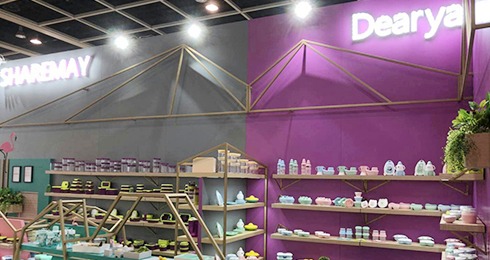 Managing Your Baby Feeding Tableware Supply Chain from China: How to Ensure Smooth Operations?
Managing Your Baby Feeding Tableware Supply Chain from China: How to Ensure Smooth Operations?
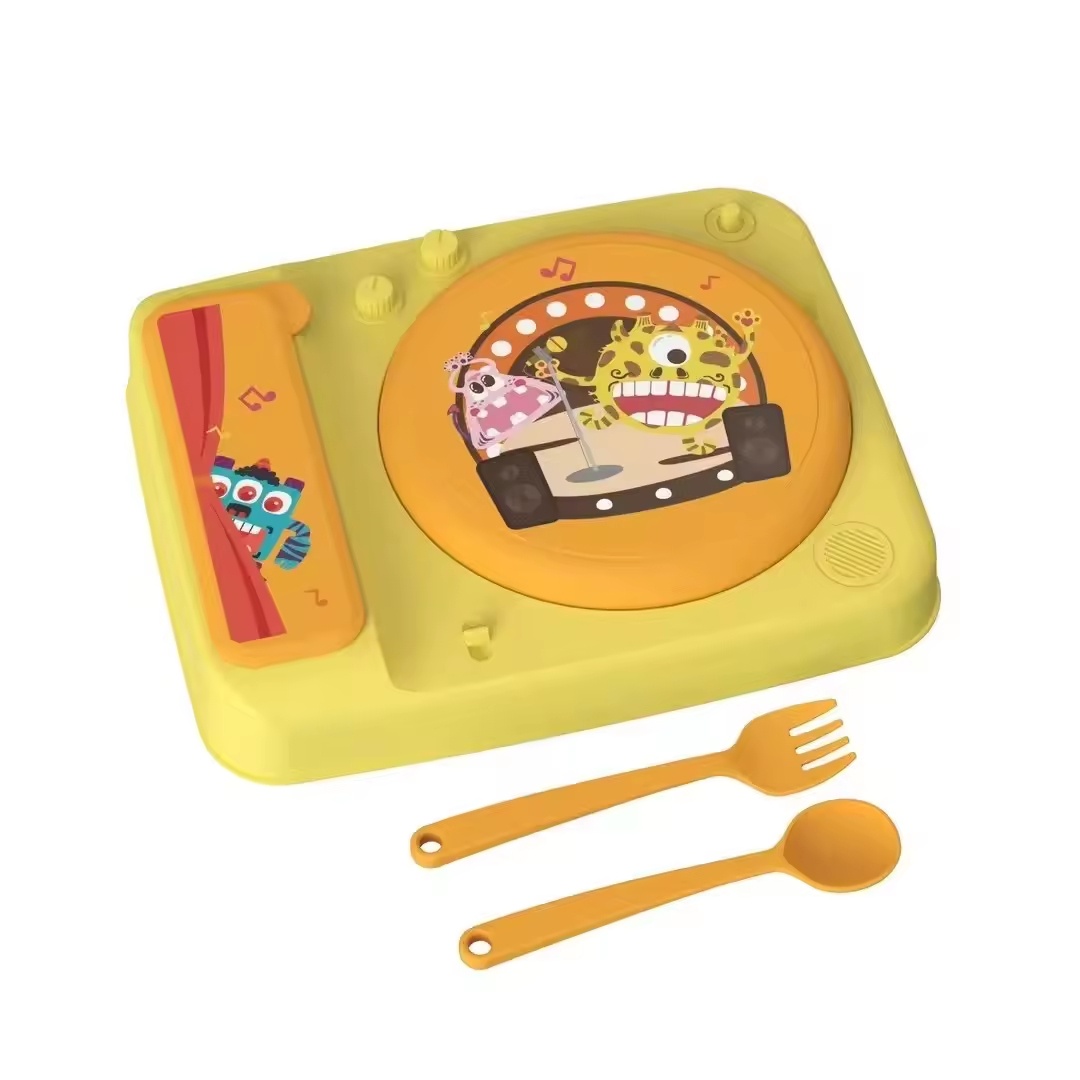 Negotiating Costs for Baby Plates & Cutlery with Chinese Suppliers: How Can You Get the Best Deal?
Negotiating Costs for Baby Plates & Cutlery with Chinese Suppliers: How Can You Get the Best Deal?
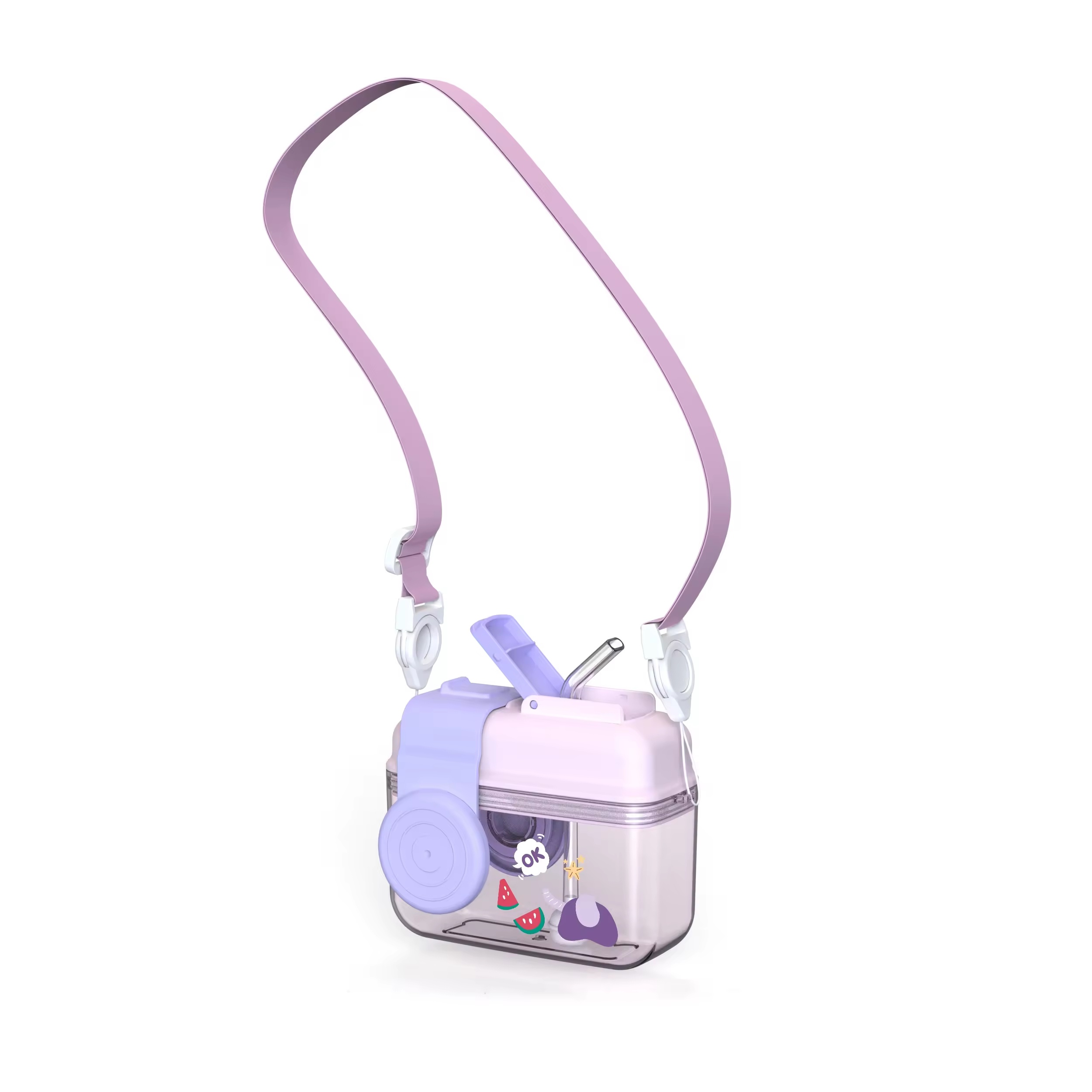 Importing FDA-Grade PP & Tritan Kids Cups from China?
Importing FDA-Grade PP & Tritan Kids Cups from China?
 What Design Features Make an IP-Themed Bowl Safe for Infants?
What Design Features Make an IP-Themed Bowl Safe for Infants?
